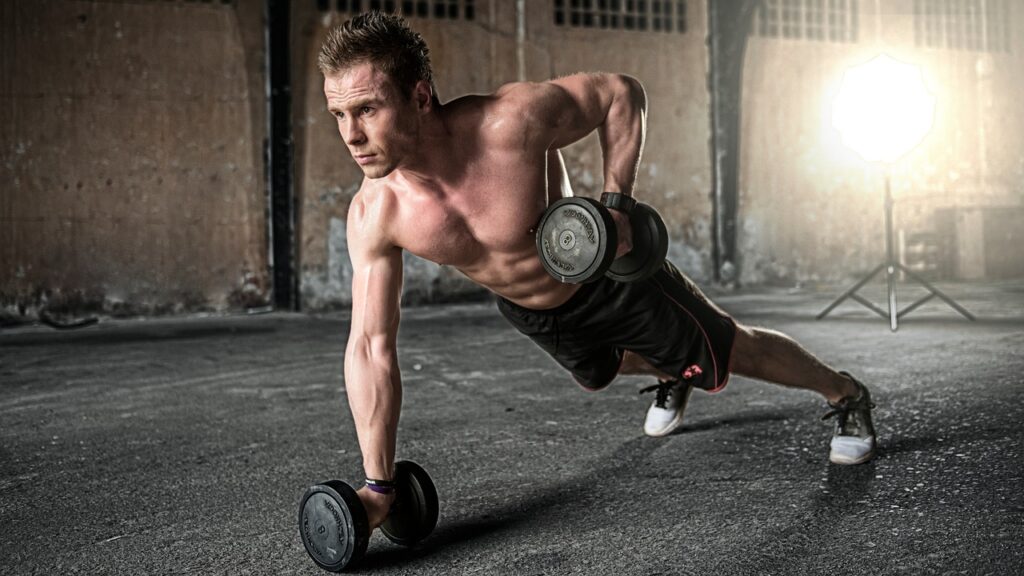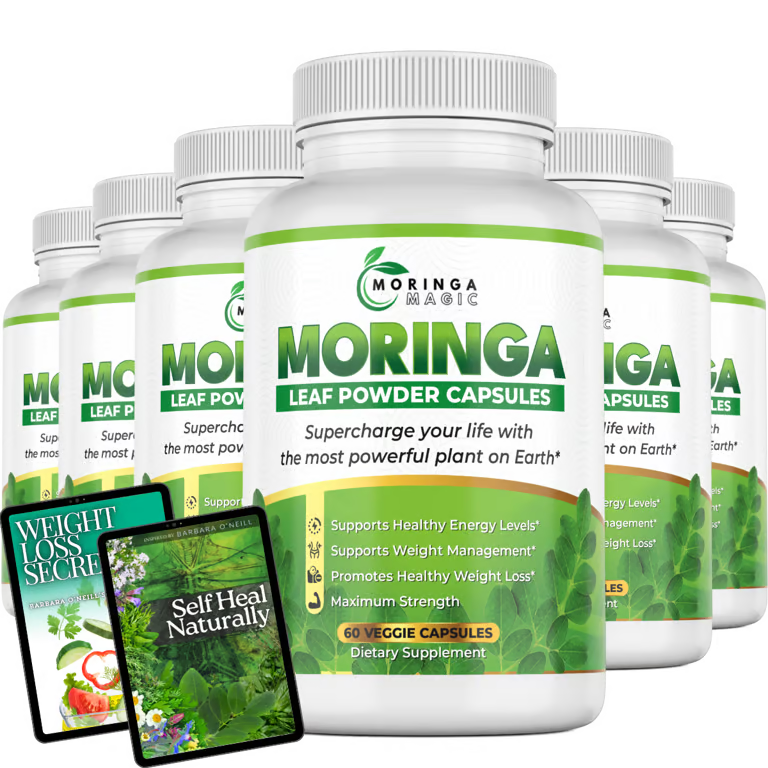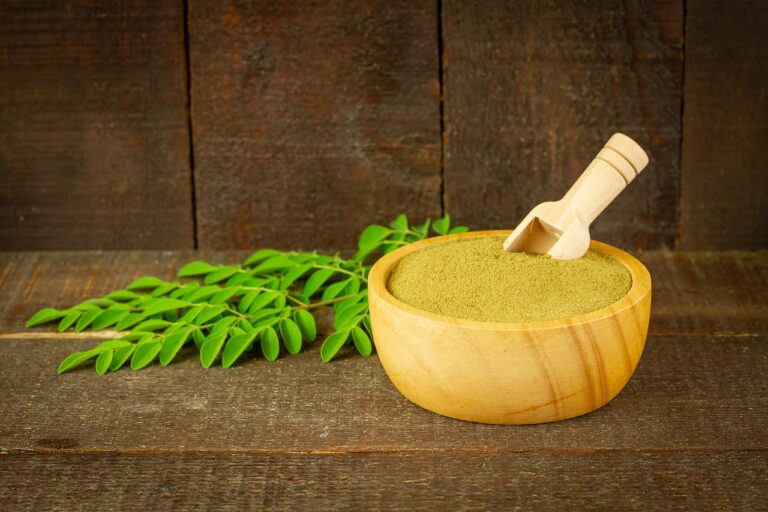
Every time I hit the gym floor, I’m driven by the promise of a stronger body. The burn in my abs after crunches is satisfying. It’s the result of eight to ten precise movements that test my strength and build my core strength1.
With each Bird Dog repetition, I feel my focus sharpen. Four to five times on each side, I become more determined1. These abdominal workouts are more than exercises; they’re my daily battles for strength and stability.
It’s not just about getting a six pack. It’s about building a strong core that supports every physical activity. A Russian Twist, with ten revolutions, can unlock inner strength beyond physical limits2. Exercises like planks, leg raises, and Mountain Climbers are key to achieving unmatched core strength1.
Key Takeaways
- Crunches form the backbone of a solid ab routine with 8-10 focused efforts.
- Bird Dogs teach balance and stability, with 4-5 repetitions setting the groundwork.
- Leg Raises and Planks are crucial for an evenly toned core, laying the base for more advanced exercises.
- Russian Twists exemplify rotational strength, fusing power with every set of 10.
- Progressively building core strength with exercises like Standing Cable Crunch, aiming for 8-10 robust repetitions.
- Utilize movements such as Standing March Knee Tap, executing 10-12 steadfast taps on each side.
- Breathing techniques and correct form are essential for maximizing the effectiveness of each workout.
Understanding Core Strength and Its Importance
Core strength is key for better mobility and stability. This affects how we do daily tasks and our overall health. Doing core exercises can improve how your spine, pelvis, and rib cage work together. This is important for walking and other complex movements3.
Adding abdominal workouts to your routine is important. You should work on muscles like the transverse abdominis, rectus abdominis, and obliques. These muscles help improve your core strength and make movements safer and more efficient. Research shows that focusing on core strength can also boost balance, stability, and muscle tone. This is good for sports and everyday activities like bending or reaching4.
| Benefits of Core Strength | Impact on Daily Life |
|---|---|
| Enhanced stability and balance | Easier performance of daily tasks |
| Improved posture | Reduced risk of back pain |
| Greater overall muscle tone | Improved efficiency in movements |
Doing core strength exercises like planks and crunches can also improve your posture. This can lower the risk of injuries from bad posture. Adding strength exercises, especially those that improve core stability, can help older adults stay independent and active. It can also reduce back pain and mobility issues. The American Heart Association suggests doing muscle-strengthening activities at least twice a week to keep a strong core34.
While many focus on aerobic exercise and strength training, core training is just as important. It helps reach fitness goals and strengthens the body’s core. This makes for a well-rounded fitness program.
Essential Anatomy of the Core for Optimal Training
Exploring core anatomy shows us the muscles that keep our midsection stable and strong. A strong core is more than just looks. It’s the base for our body’s function and how well we perform in sports.
The Role of the Transverse Abdominis
The transverse abdominis is like a natural corset around our torso. It’s key for keeping the core and spine stable. This muscle helps keep pressure inside the belly during hard work or lifting. It also helps bend the trunk slightly, working with other muscles for better protection and efficiency5.
Activating the Rectus Abdominis
The rectus abdominis, or ‘six-pack’ muscle, is at the front of the abdomen. It bends the spine when we do crunches. Working with other muscles, it’s important for moving the trunk and reducing back pain5.
Targeting External and Internal Obliques
The obliques, both inside and outside, help us rotate and bend to the sides. The external obliques are on the sides and help rotate the trunk. They work with the internal obliques and transverse abdominis for better stability and balance5.
To learn more about exercises that work these muscles, check out this link5.
For more on how activities like Tai Chi or swimming strengthen the core, see this resource6. These activities not only build core strength but also improve overall health and prevent injuries, great for athletes and everyone else6.
Understanding core anatomy is important for everyday activities and workouts. By focusing on these muscles, we can build a stronger, more stable body.
Establishing a Solid Core Foundation: Getting Started
Starting to strengthen your core is all about the basics. These foundational exercises are key to building a strong base. They help improve your stability and performance.
https://www.youtube.com/watch?v=4BOTvaRaDjI
First, focus on activating your core properly. This is crucial for injury prevention and workout effectiveness. Using specific breathing techniques is important. It helps engage even the deepest core muscles.
Breathing Techniques for Core Activation
Learning diaphragmatic breathing is essential. It prepares your core to support your spine and lower back. This involves deep breathing in and out, focusing on the transversus abdominis for stability.
Pre-Workout Warm-Up Routines
Before starting your workout, a warm-up is key. It should activate your core gently and prepare your body for the workout ahead.
| Exercise | Focus Area | Repetitions |
|---|---|---|
| Bridges | Lower Back and Pelvis | 12-15 |
| Planks | Abdominal Muscles | Hold for 30 seconds |
| Leg Raises | Core and Lower Limbs | 12-15 |
These exercises warm up your muscles and prepare you for more challenging movements. They’re vital for any abdominal workout78. Starting with these exercises helps build your core strength gradually.
Regularly doing these exercises will improve your balance, coordination, and posture. A strong core is powerful9.
Abdominal Workouts for Core Strength Building
Starting a journey to strengthen your core means adding ab exercises to your routine. These exercises not only shape your body but also improve your health. Mixing simple and complex exercises can greatly improve your core’s stability and muscle tone.
Beginners should start with basic exercises like crunches and supine toe taps. These stomach exercises work the rectus abdominis well during forward bends10. Begin with 1 set of 8 to 12 reps for each to build a strong base without risking injury10.
For a more challenging workout, try mountain climbers and Turkish get-ups. Start with 1 set of 8 to 12 reps for these belly fat burning exercises10. They not only strengthen your core but also boost your heart health and agility.
| Exercise | Sets | Reps | Focus Area |
|---|---|---|---|
| Crunches | 1 | 8-12 | Rectus Abdominis10 |
| Supine Toe Taps | 1 | 8-12 | Lower Abdominals10 |
| Mountain Climbers | 1 | 8-12 | Full Core10 |
| Turkish Get-Ups | 1 | 8-12 | Full Body Core10 |
Along with workouts, a balanced diet and staying hydrated are key for a flat belly. Always consult a fitness expert to create a workout and diet plan that fits your needs, especially if you have health issues10.
For those with back pain, which affects about 50% of Americans, adding core exercises to your daily routine can be life-changing. These routines suggest 3 sets of 10 reps for best results and focus on slow, controlled movements to avoid injuries11.
Getting a toned, strong core is more than just doing flat belly workouts sometimes. It needs consistency, proper form, and a balanced approach that includes diet and exercise. With commitment and the right methods, strengthening your core can be a fun and rewarding journey.
Progressive Overload: Advancing Your Abs Training
As I dive deeper into improving my abs, I’ve learned that progressive overload is key. Adding weights to ab exercises boosts strength and muscle growth. Studies show that using more weight over time can increase arm strength, hinting at similar gains for the abs12.
The American College of Sports Medicine suggests increasing the weight by 2%-10% when you can do one to two more reps12. This method helps my body adapt and makes my workouts more effective.
Incorporating Weights in Ab Exercises
Strength coach Andy Vincent says our bodies can adapt to more intensity. Using weights in exercises like Russian twists helps the abs grow. This method targets a rep range of 5 to 30, taken to failure on the first set13.
This variety not only strengthens the core but also shapes the muscles. Consistent increases in volume and intensity make the muscles more defined.
Challenging Stability with Uneven Surfaces
Adding stability challenges to my training is another step forward. Using uneven surfaces like exercise balls or suspended trainers requires balance and coordination. This leads to more detailed muscle engagement.
The transverse abdominis muscle plays a big role in stabilizing the spine when faced with instability14. Doing planks on an exercise ball or knee-ins on a suspension trainer engages the core muscles deeply. This mix of resistance and balance is a powerful way to improve my abdominal workouts.
FAQ
What are the best abdominal workouts for building core strength?
Why is core strength important?
What is the role of the transverse abdominis in core training?
How do I activate my rectus abdominis effectively?
What exercises target the external and internal obliques?
What are some breathing techniques for core activation?
What should a pre-workout warm-up routine include to prepare my core?
How can I create a stomach exercise routine for a flat belly?
What does progressive overload mean in the context of abdominal workouts?
How can I incorporate weights into my abs training?
What are stability challenges and how do they benefit my core workout?
Source Links
- Best Exercises for Abs (General) – https://www.webmd.com/fitness-exercise/best-exercises-abs-general
- The Best Ab Exercises To Build A Strong Core – https://central.gymshark.com/article/the-six-best-ab-exercises
- Why your core muscles matter – https://www.mayoclinic.org/healthy-lifestyle/fitness/in-depth/core-exercises/art-20044751
- Importance of Core Strength: 11 Benefits of a Strong Core – https://www.healthline.com/health/core-strength-more-important-than-muscular-arms
- The Comprehensive Core Training Guide – https://www.strongerbyscience.com/core-training/
- Core Muscle Activity during Physical Fitness Exercises: A Systematic Review – https://www.ncbi.nlm.nih.gov/pmc/articles/PMC7345922/
- Exercises to improve your core strength – https://www.mayoclinic.org/healthy-lifestyle/fitness/in-depth/core-strength/art-20546851
- ACE – Certified™: August 2023 – Building the Body’s Foundation: How to Safely Progress Core Training – https://www.acefitness.org/continuing-education/certified/august-2023/8401/building-the-body-s-foundation-how-to-safely-progress-core-training/
- How to Engage Your Core During Any Type of Workout – https://www.onepeloton.com/blog/how-to-engage-your-core/
- Best Core Exercises: Top Moves, from Beginner to Advanced – https://www.healthline.com/health/best-core-exercises
- 10 Best Ab Exercises To Strengthen Your Core – https://www.health.com/best-ab-exercises-7506964
- Progressive overload is essential for results, so here’s how to do it – https://www.womenshealthmag.com/uk/fitness/workouts/a40218848/progressive-overload/
- Ab Hypertrophy: Strategies for Core Muscle Development – https://rpstrength.com/blogs/articles/ab-hypertrophy-training-tips?srsltid=AfmBOorVCv9eA6nzC3_hAx01qdfjP-Gbkj134OVRnSnEKbjeFccoGJQ1
- How to Get Perfect Abs: What the Science Says – https://blog.lionel.edu/how-to-get-perfect-abs-what-the-science-says




